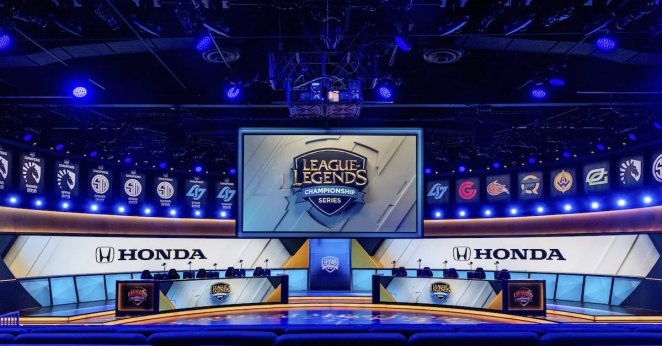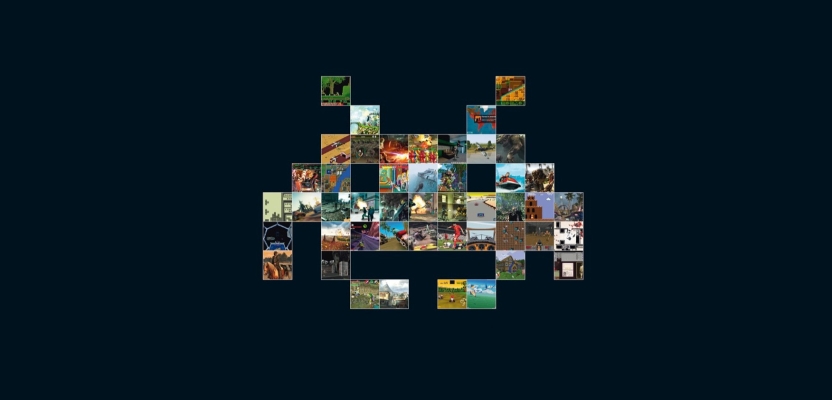Over the past few decades, video games have evolved from simple pixelated pastimes into immersive interactive experiences with vast storytelling potential. Alongside this evolution, branding in video games has also matured significantly.
Once considered mere advertisements within a digital landscape, brands have now found innovative ways to integrate themselves seamlessly into gaming experiences, creating a mutually beneficial relationship between players, developers, and advertisers. Today, I’ll be exploring how branding in video games has come of age, turning into a powerful marketing tool and enhancing the overall gaming experience for players.
From In-Game Ads to Meaningful Integrations
In the early days of video games, branding primarily manifested through in-game ads, often appearing as blatant product placements. These ads were disruptive to the gaming experience and were met with criticism from players. However, as the gaming industry evolved, so did the approach to branding. Developers and advertisers realized that successful integration required more than mere product displays; it needed to add value to the game world. This led to meaningful brand integrations that enhanced the game's realism and immersion.

For example, instead of placing generic soda cans in the game environment, developers partnered with real-world beverage companies to create in-game vending machines with interactive features, granting players a health boost or temporary abilities. These integrations became more subtle and immersive, creating win-win situations for both players and brands.
Collaborative In-Game Events
Branding in video games has also seen a shift from one-time product placements to collaborative in-game events. Developers now team up with brands to create unique experiences that celebrate both the game's release and the brand's identity. These events often feature exclusive in-game content, limited-time challenges, and rewards, creating excitement and engagement among players.
For instance, a popular action-adventure game might collaborate with a movie franchise, allowing players to unlock special character skins or weapons related to the film. These collaborations elevate the gaming experience, providing players with a sense of being part of something bigger.
The Rise of eSports and Brand Sponsorships
The exponential growth of eSports has revolutionized how brands approach video game advertising. As competitive gaming attracts a massive global audience, brands have recognized the potential to reach millions of passionate fans. This has led to a surge in brand sponsorships for eSports teams, tournaments, and individual players.

Sponsorship deals often involve branding on player jerseys, in-game banners, and event venues. The presence of brands in the eSports ecosystem has become so natural that fans now expect it as an integral part of the gaming experience. This mutual support between brands and eSports not only benefits advertisers but also contributes to the growth and sustainability of the eSports industry.
Virtual and Augmented Reality Experiences
The advent of virtual reality (VR) and augmented reality (AR) technologies has opened up entirely new avenues for branding in video games. Brands can now immerse players in interactive experiences that blur the lines between the real and virtual worlds.
For instance, a car manufacturer might create a VR driving experience that allows players to test-drive their latest models on virtual tracks. Such experiences not only showcase the brand's products but also provide players with unique and memorable gaming moments.
User-Generated Content and Brand Integration
User-generated content (UGC) has become a significant aspect of modern video games. Players can now create their own content, including custom levels, skins, and even entire games within a game. Brands have recognized the potential in UGC and have actively participated in it.

Brands can collaborate with game developers to offer players brand-themed creation tools or assets, allowing them to incorporate branded elements into their custom content. This approach not only promotes brand engagement but also encourages players to share their creations on social media, further extending the brand's reach.
We've Come a Long Way
Branding in video games has come a long way since the early days of intrusive product placements. The industry has learned to integrate brands in ways that enhance the gaming experience while providing meaningful exposure for advertisers. From collaborative in-game events to immersive VR experiences and brand sponsorships in eSports, video games have become a sophisticated marketing platform for brands.
As technology continues to advance, we can expect even more innovative and seamless brand integrations, further enriching the gaming landscape for players and advertisers alike.






